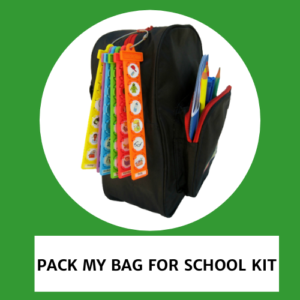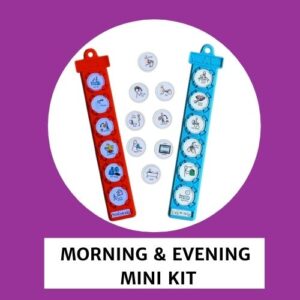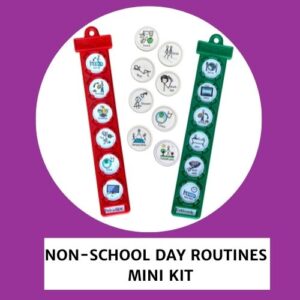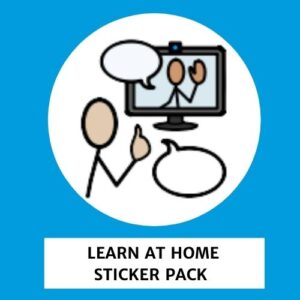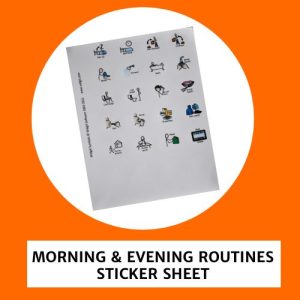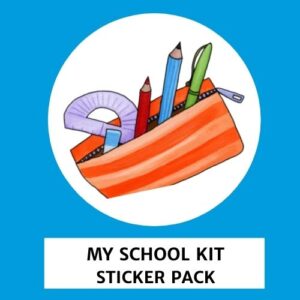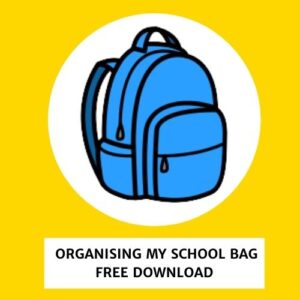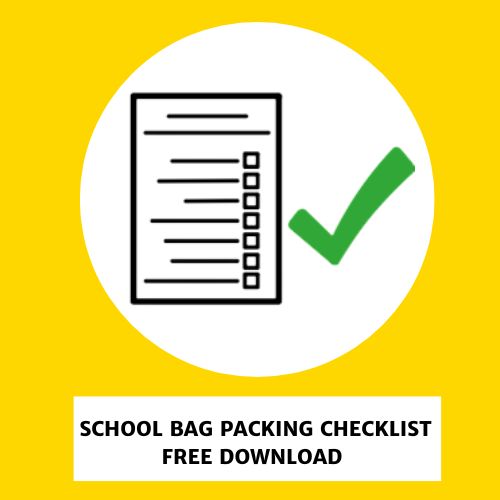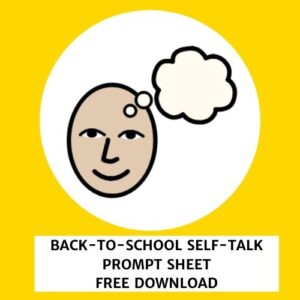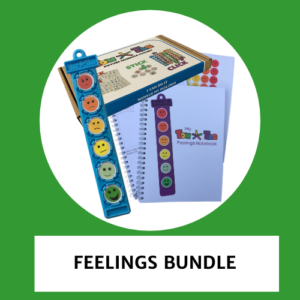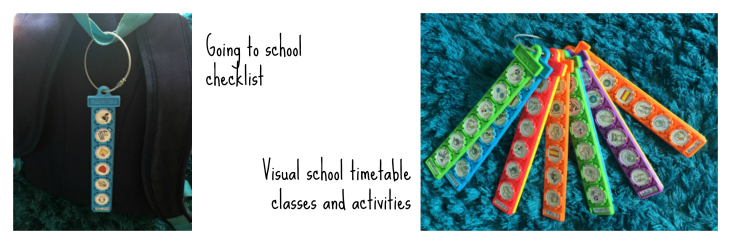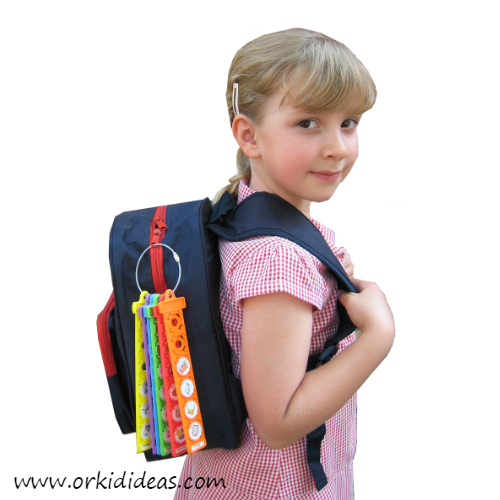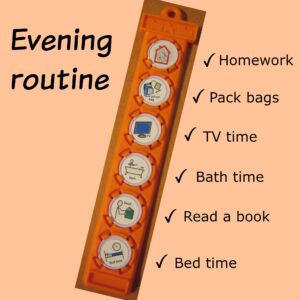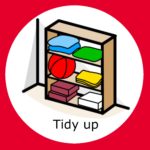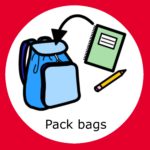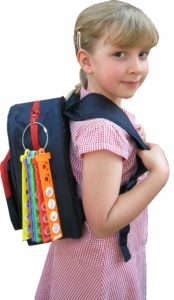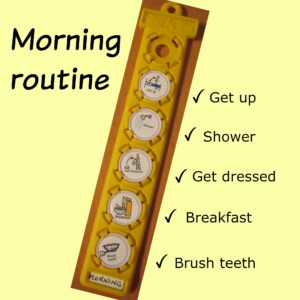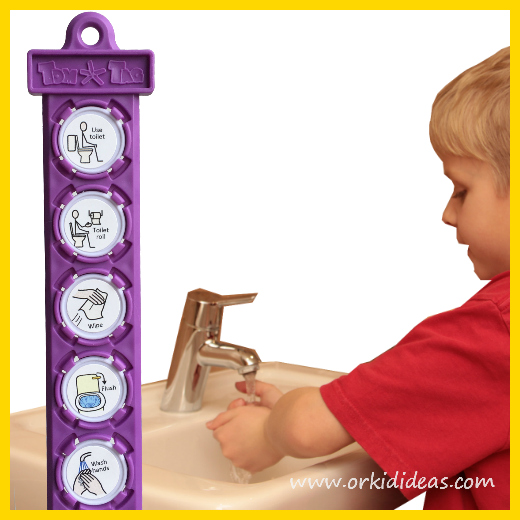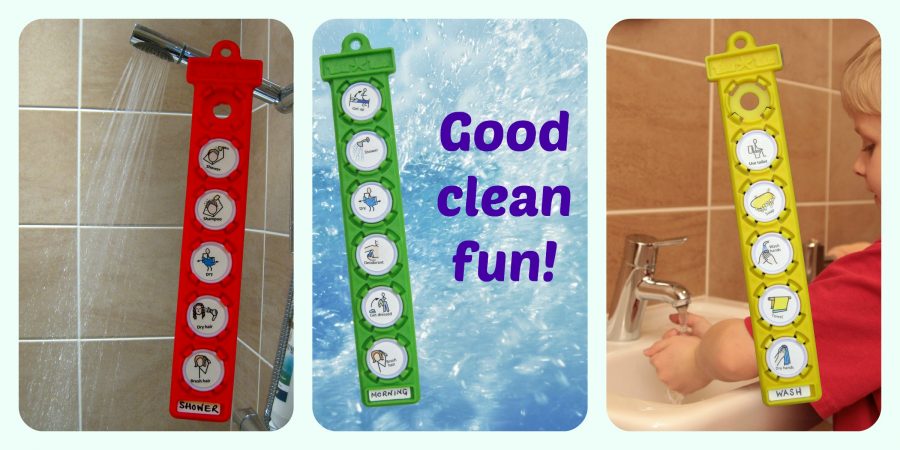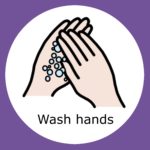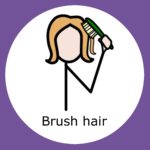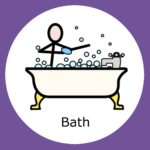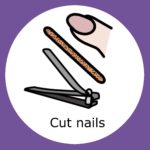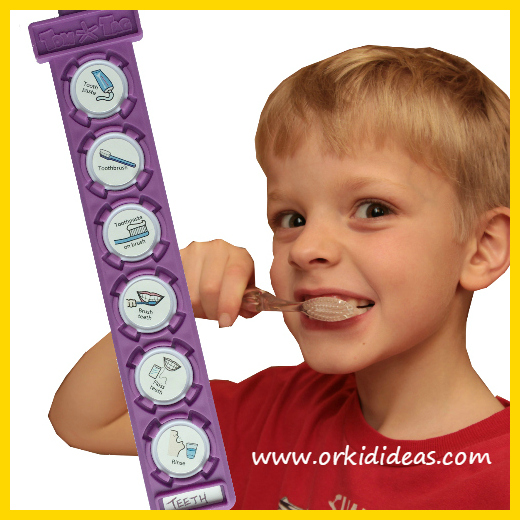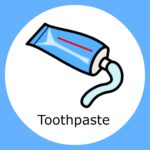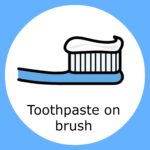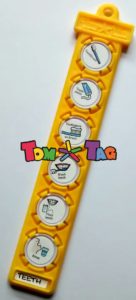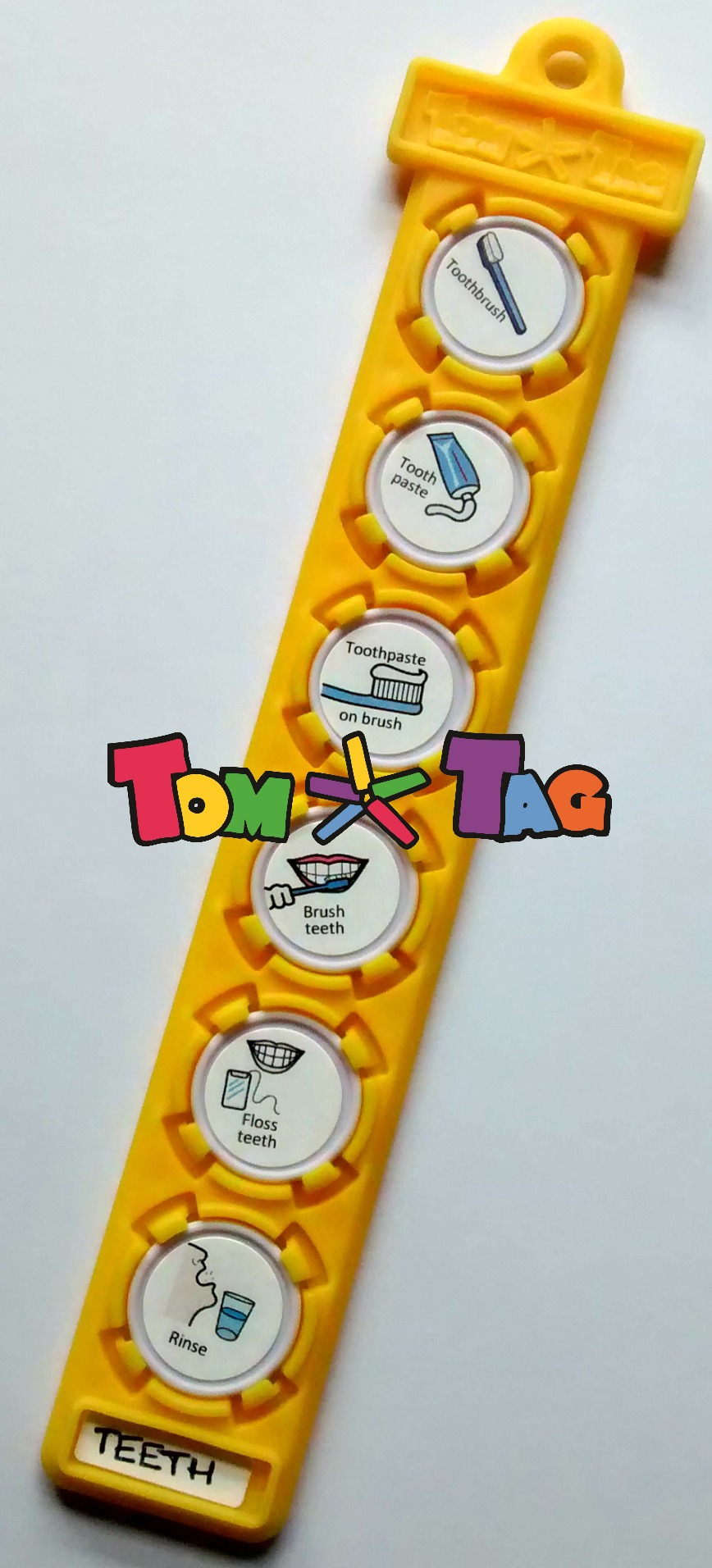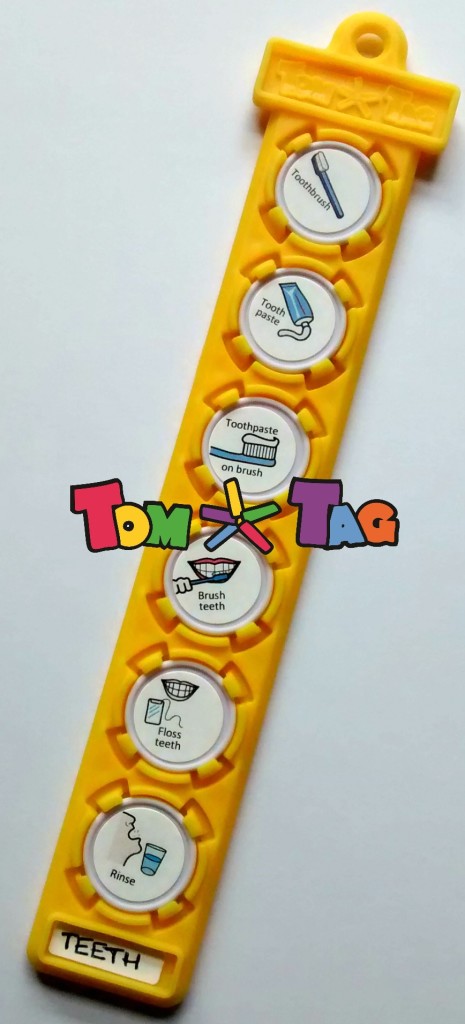Toilet training a child is never straightforward. For many autistic or additional needs children the process can often start later, take more planning, and may take longer. But it will be worth the effort in the long run.
Establishing a routine is a huge step in helping your child become toilet trained.
This record sheet ( available as a download using the link below) can help you develop a toilet routine for your child. Recording your child’s wee and poo habits for 3 ‘typical’ days helps you to identify their wee and poo pattern so you can encourage them to sit on the toilet at around that time. Your notes may also help you spot any signs of constipation that could make toilet training unsuccessful.
Let’s get started
Here is a guide to help you fill in the record sheet;
Mealtime
Write down the time your child has their meals, drinks, and snacks. This helps you track how long it takes between when your child eats or drinks and when he or she is wet or soiled.
It may be helpful to write down what your child drinks. You may see a pattern with the type of drink he or she has and how often or quickly they wee afterward.
Time of wee / Time of poo
Check your child’s nappy or pull up every 30 minutes for wetness or soiling.
Write down the time that any wee or poo is passed
This will help you identify your child’s wee and poo patterns. Use this information to schedule toilet time.
Type of poo
Write down the number from the Bristol Stool Chart that best describes the poo—see pictures in the Choose Your Poo table on the left.
Record the size of the poo passed as small/ medium or large
Types 1,2 and 3 suggest constipation. You should contact your child’s doctor for further advice if your child passes these types of poos.
Behaviour change
Write down any behavioural changes you notice before or after your child has passed a wee or a poo. For example, running and hiding, jiggling around, crossing their legs, or clutching at themselves.
Recognising any behavioural changes will help you decide when is a good time to encourage your child to sit on the toilet.

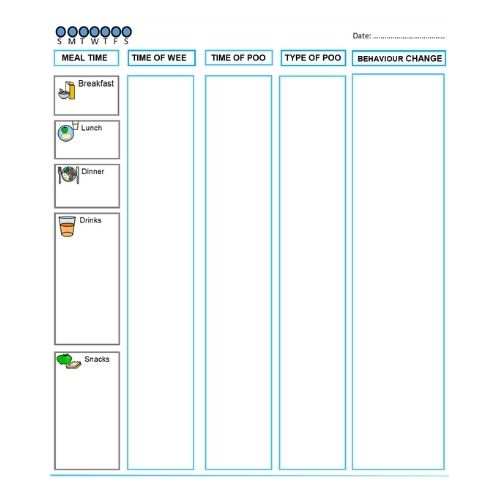
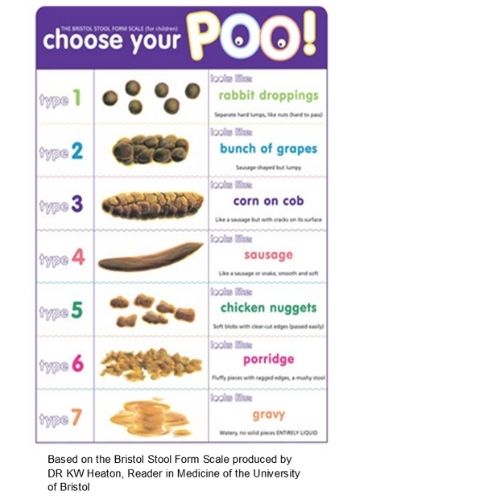
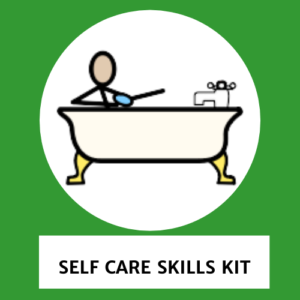
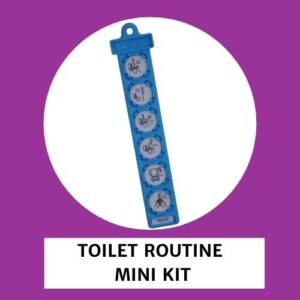

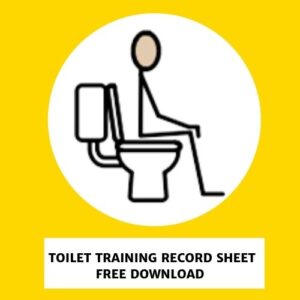
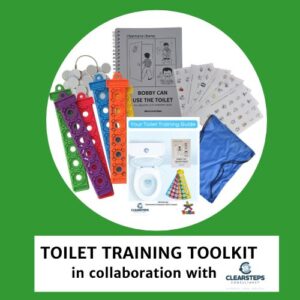
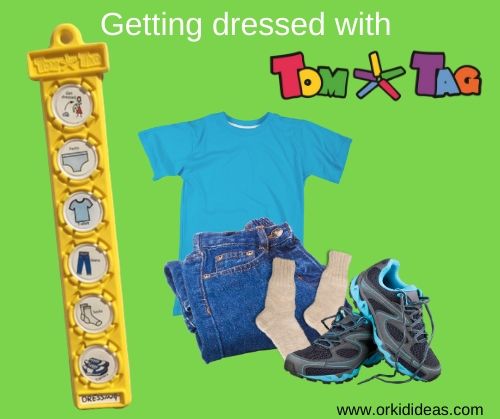
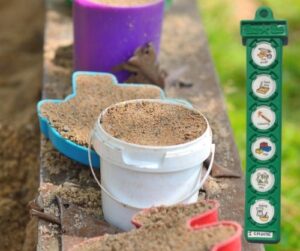
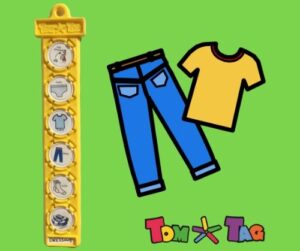
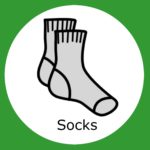
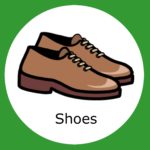
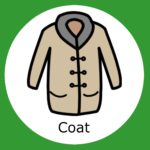


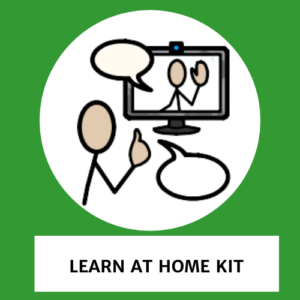
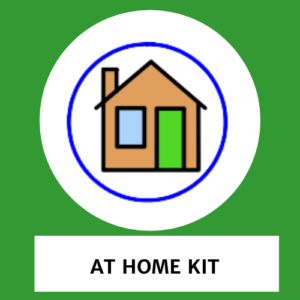


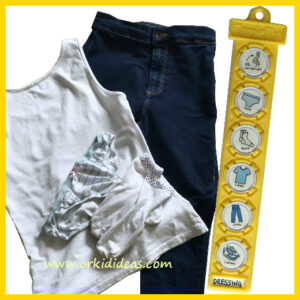 Keep another checklist in the bedroom that will show your child what clothes they need to wear and what they should put on first. This avoids the pants over trousers scenario!
Keep another checklist in the bedroom that will show your child what clothes they need to wear and what they should put on first. This avoids the pants over trousers scenario!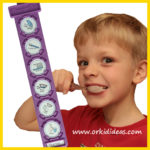 Taking care of personal hygiene is a very important life skill for all our children to learn. We perform these tasks for ourselves everyday without needing to think about exactly what we’re doing.
Taking care of personal hygiene is a very important life skill for all our children to learn. We perform these tasks for ourselves everyday without needing to think about exactly what we’re doing.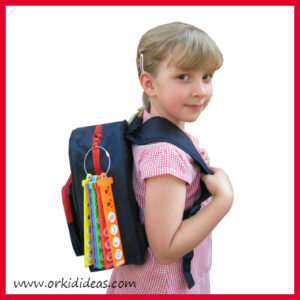 Giving your child the responsibility for finding and packing everything they need for school might seem like a crazy idea but even the youngest or most disorganised child can soon get the hang of it, increasing their independence and reducing anxieties that occur over forgotten items.
Giving your child the responsibility for finding and packing everything they need for school might seem like a crazy idea but even the youngest or most disorganised child can soon get the hang of it, increasing their independence and reducing anxieties that occur over forgotten items.
